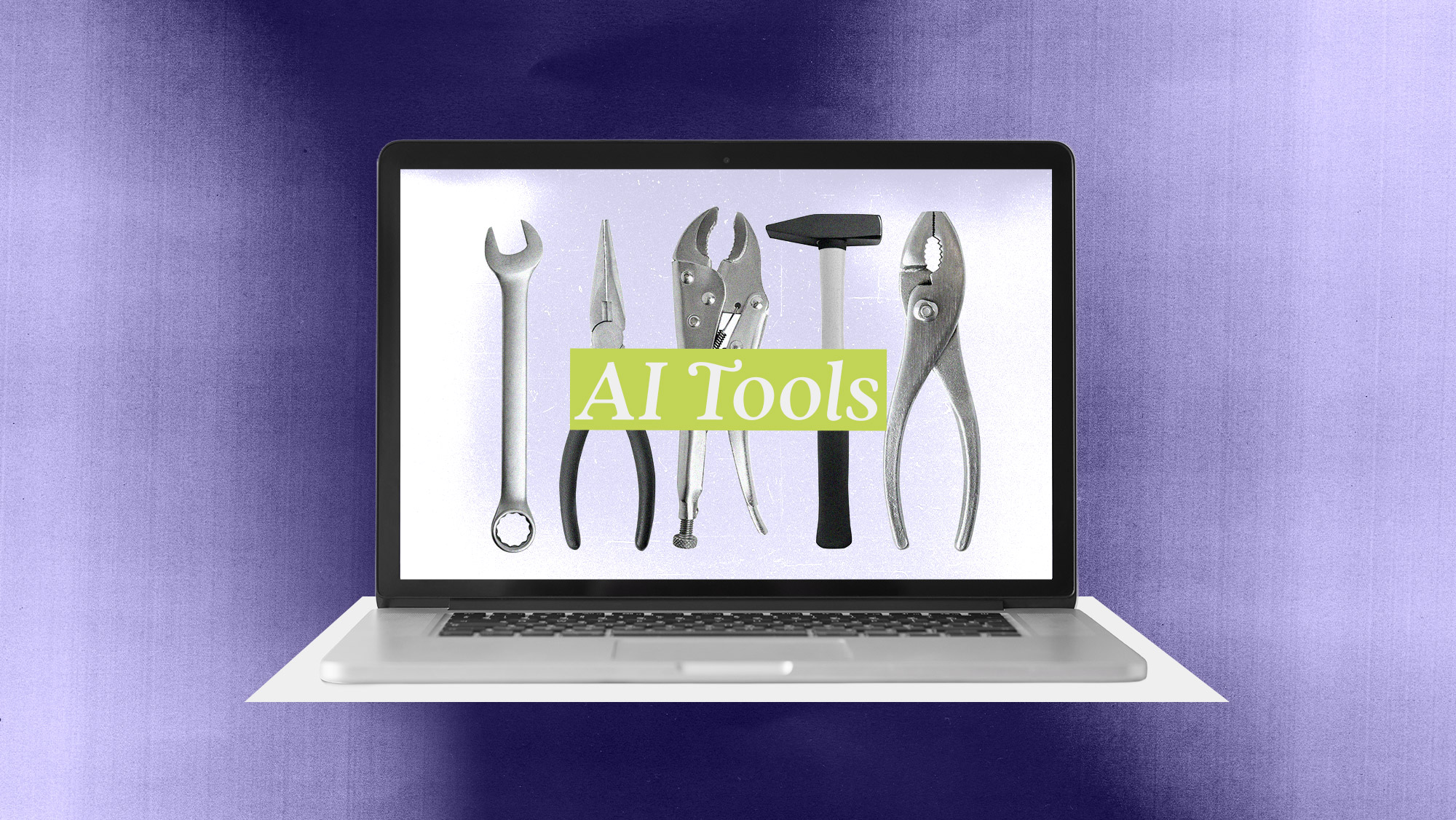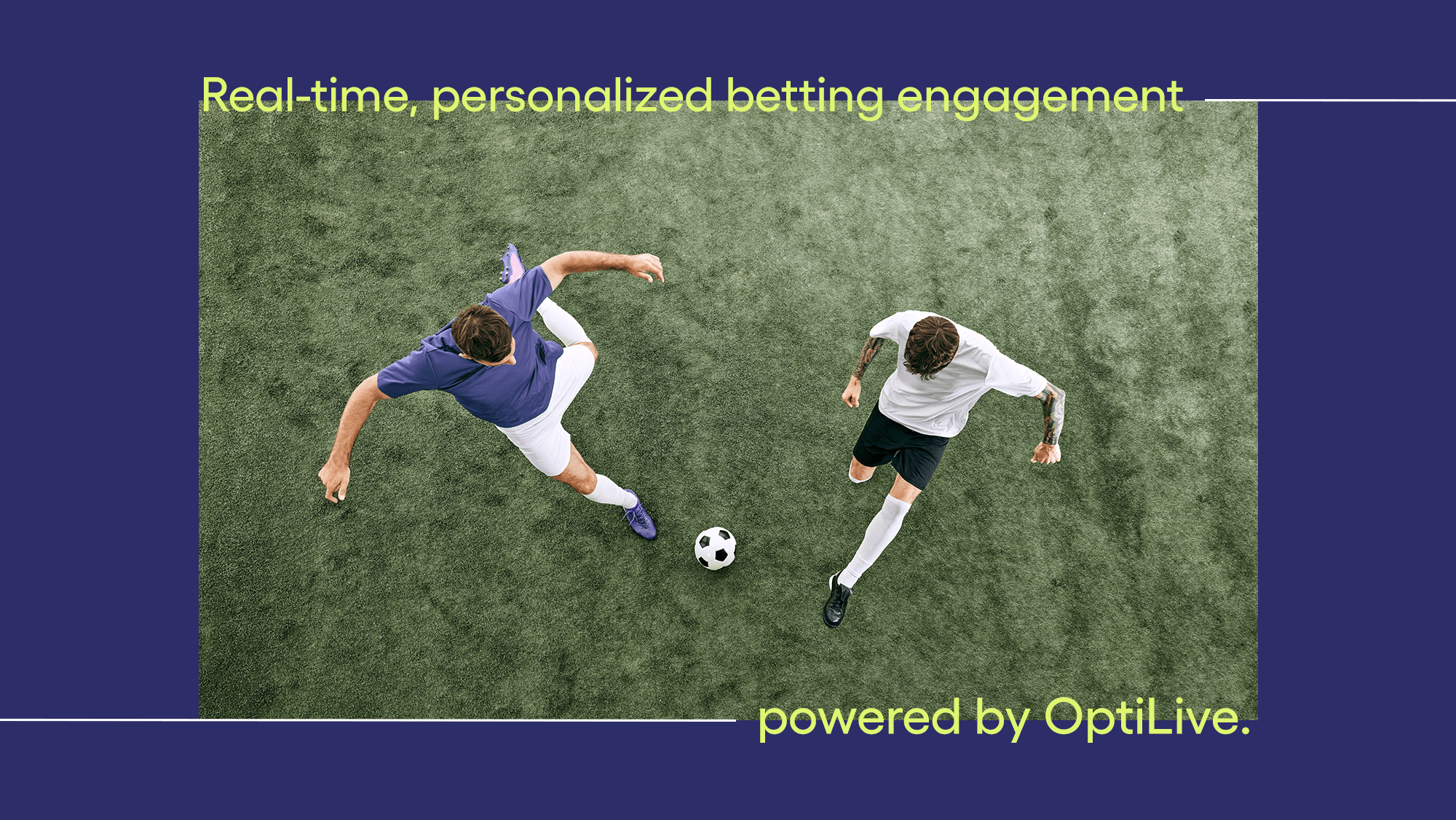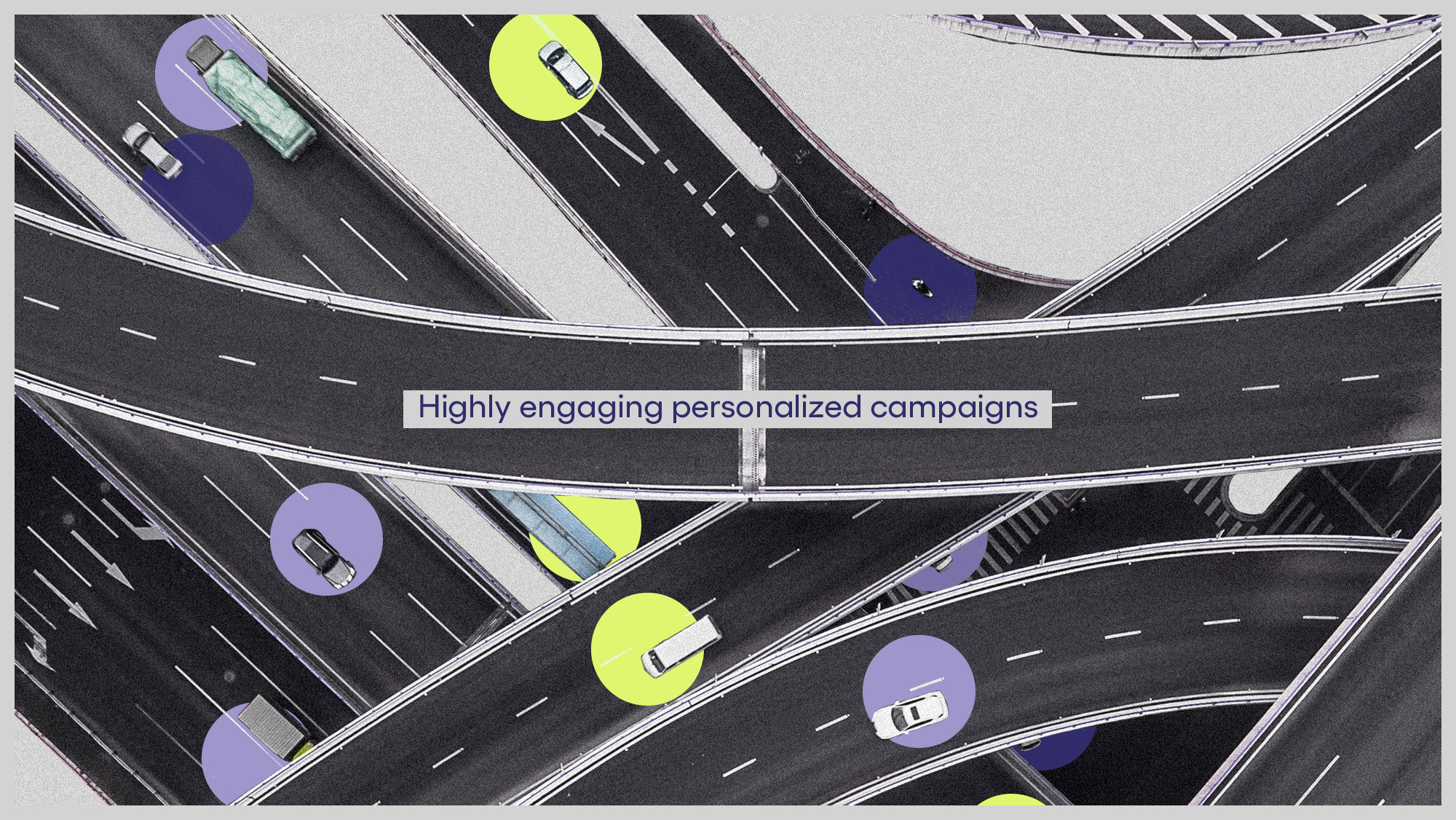
AI and the Retail Marketer’s Future
How AI transforms strategy and processes, driving the adoption of Positionless Marketing
Exclusive Forrester Report on AI in Marketing

The first part of this series identified the five keys to evolve from "too generous" to "generous enough" marketing. There are three building blocks that comprise an effective generosity optimization system:
This post focuses on #1, building a data foundation.
https://www.youtube.com/watch?v=wzTDL7lqlZ8
First and foremost, marketers need to organize their data and ensure it’s easily accessible and all in one place. In other words, they should “make sure everything’s in the lab before they start experimenting!”
Smart brands use a single customer view – a unified and continuously up-to-date aggregated database of all the information about their customers allowing optimal brand/customer interaction.
The single customer view enables marketers to segment customers by demographics, purchase activity, historical behavioral patterns, and similar DNA.
With a single customer view, brands gain deeper customer insights. They map customer journeys and improve relevant and timely communication with each segment.
Every customer (or set of customers) is unique, each is at a different phase during their relationship with a brand. Understanding the distinct customer lifecycle stages is crucial for segmenting customers and personalizing communication with them.
Basic lifecycle stages to consider are prospects, active, inactive, and lapsed customers. Subsequently, brands can get more granular and segment customers into registered users, first-timers, frequent buyers, risk of churn, churned customers, and more.
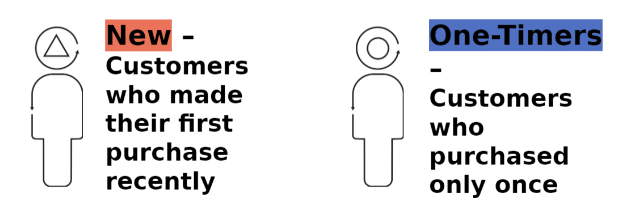
By leveraging historical data, marketers can accurately identify where each customer resides in their journey—from initial awareness to post-purchase engagement.
Knowing where a customer resides in their journey informs marketers to go further and segment each group of customers by lifecycle stage through a micro-lens to deliver each customer the most relevant and accurate campaigns. Concurrently, marketers must know the customer context.
Analyzing real-time and predictive customer data, including a single customer view and their lifecycle stage, provides brands with a comprehensive understanding of their customers’ context.
For instance, real-time data offers insights into the actions an active customer is taking on the app or website. By integrating predictive data, brands can assess the relative value of the customer and identify if they are at risk of churning.
This way, marketers also make sure that every customer is satisfied.
Consider the scenario of any mega-sporting event on a gaming website: while some customers, in this case players, may benefit from a second or third deposit bonus, loyal players who make multiple deposits without receiving any incentive may feel overlooked. This disparity may not only devalue the brand but also lead to churn.
Or, in retail, consider the scenario of Black Friday promotions: while some customers may benefit from site-wide discounts, loyal patrons who previously purchased the same items at full price may feel overlooked. This disparity can also devalue the brand and lead to customer churn.
Customer segmentation divides customers into groups relevant to a particular business. It helps brands gain actionable insights to maximize customer lifetime value (CLTV) and overall spend.
By dividing their audience into segments based on factors such as lifecycle stage, demographics, purchase history, and psychographic characteristics, marketers can tailor promotions to address specific needs and preferences.
Customer segmentation has many components, but a key one is advanced customer segmentation or micro-segmentation, which allows brands to optimize return on investment (ROI.)
Micro-segmentation is a more advanced form of customer segmentation that groups small numbers of customers into extremely precise segments.
A micro-segment is a granular level of segmentation based on a combination of cluster personas. These small groupings of customers share similar behavioral characteristics.
Below is an illustration of how to create a customer segment based on multiple layers, including the Recency, Frequency, Monetary method, product preference, geo-location, and more.
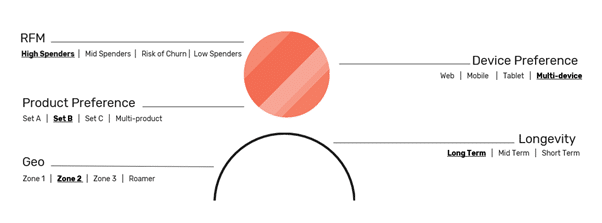
The illustration above depicts a micro-segment in eCommerce of a long-term, high-spender who uses multiple devices to shop and prefers purchasing denim.
After analyzing thousands of case studies with industry-leading brands, Optimove has discovered that micro-segmentation is a highly effective strategy. By targeting narrow customer segments with tailored marketing actions, micro-segmentation has consistently boosted promotion effectiveness, leading to increased engagement and higher conversion rates.
Brands have the power to deliver personalized and relevant communications and offers to each customer with a single customer view that defines the various lifecycle stages and caters to each customer segment.
When the same marketing email is sent to all customers, analyzing it as one group provides insights, but think about immediately seeing how the results of this campaign change based on all the different customer segments in the data.
By testing how varied marketing actions influence the spending habits of each segment, brands can project how different marketing strategies will perform across each one.
For example, brands can easily understand how much generosity they need to re-engage a dormant customer or quickly identify a seasonal one-and-done customer (a new customer who joins just for a particular deal, game, or holiday) and, by doing so, maximize ROI.
A strong data foundation serves as a fundamental building block, enabling brands to overcome generosity in marketing. By strategically directing generosity towards their most valuable customers, brands maximize ROI.
Explore the full series by delving into each part:
For more insights on how to have precision in generosity, contact us.
Exclusive Forrester Report on AI in Marketing
In this proprietary Forrester report, learn how global marketers use AI and Positionless Marketing to streamline workflows and increase relevance.


Moshe Demri leads Optimove’s global revenue team and is focused on helping clients optimize their customer retention plans and their use of the Optimove software. Moshe has vast experience consulting clients as a data scientist, analyzing their customer data and revealing actionable, data-driven marketing insights.
Moshe holds a BSc in Industrial Engineering and Management, specializing in Information Systems.
